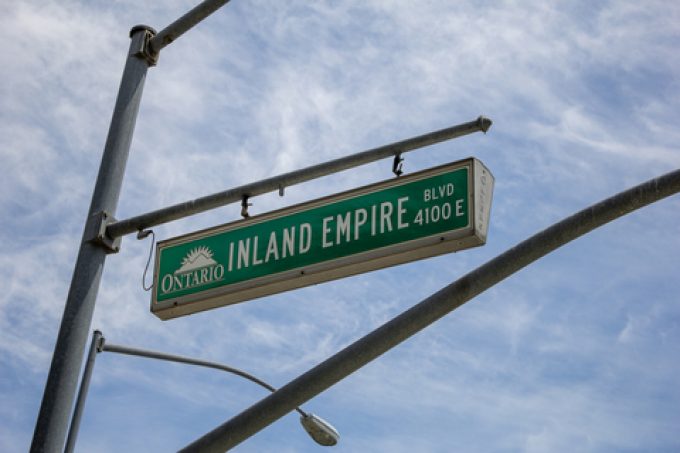Ocean carriers sail in to take charge on intra-Asia trades as demand soars
Soaring demand and booming freight rates on intra-Asia trades is encouraging ocean carriers to launch ...

A growing number of US municipalities are taking a stand against the proliferation of warehousing – even in the ’Inland Empire’, California’s Mecca for warehousing, opposition is springing up.
The Inland Empire is a metropolitan area around the cities of San Bernadino and Riverside, which borders Los Angeles to the west. For many in the logistics industry, it has been synonymous with warehousing.
But now, residents in the region, which has a population of around four million, have opposed further developments and persuaded local councils to ...
Maersk u-turn as port congestion increases across Northern Europe
Apple logistics chief Gal Dayan quits to join forwarding group
Maersk Air Cargo sees volumes fall as it aims for 'margin in favour of revenue'
Houthis tell Trump they will end attacks on Red Sea shipping
Transpac rates hold firm as capacity is diverted to Asia-Europe lanes
Airlines slash freighter capacity post-de minimis, but 'the worst is yet to come'
MSC revamps east-west network as alliance strategies on blanking vary
India-Pakistan 'tit-for-tat' cargo ban sparks sudden supply chain shocks

Comment on this article